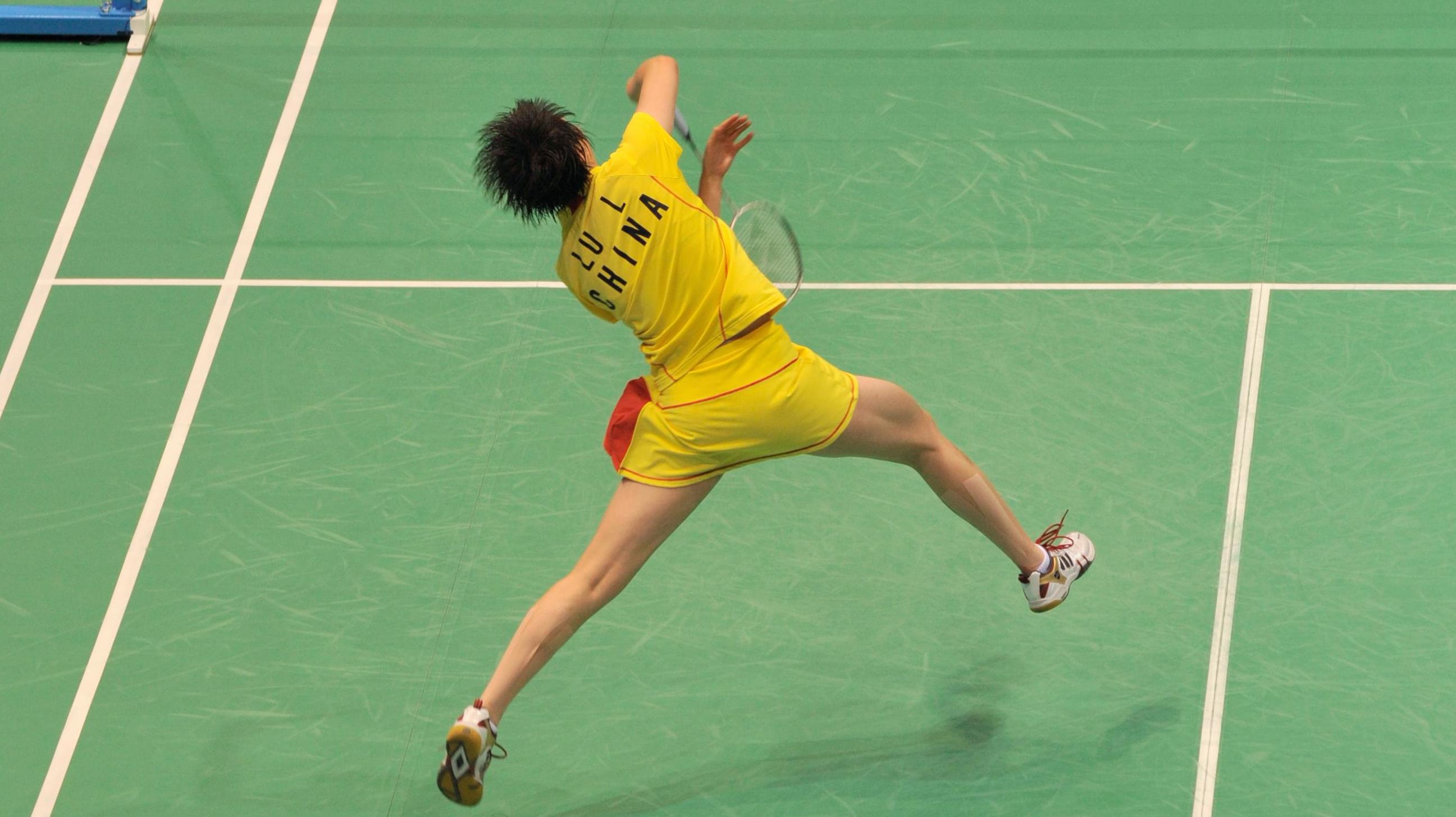Achilles tendon rupture
The achilles tendon is the thickest and strongest tendon in the human body. It is subjected to particularly heavy loads during running and jumping.

The achilles tendon attaches the two large muscles of the calf (m. gastrocnemius and m. soleus) to the heel. Ruptures in the achilles tendon are most prevalent in those between 30-40 years of age, with men being 10 times more likely to be injured compared to women. The injury is common in sports that involve lots of jumping and quick changes in direction. For example, tennis, squash, badminton, and football.
The injury is also common for runners and jumpers in athletics, and in most cases it occurs without warning. For example, it can happen after a sudden explosive movement off a foot bearing on total body weight while the knee is straight. A partial rupture of the achilles tendon is possible, but a total rupture is far more common.
Signs and symptoms
People who have ruptured their achilles tendon will often say they heard a snapping or popping sound and felt they were struck by an object on the back of the leg. Pain and swelling usually follow and they will have a limp and be unable to walk on tiptoe afterwards.
Diagnosis
It is most important to diagnose the injury quickly so that surgery can be performed as soon as possible if it is deemed necessary. A doctor or physiotherapist will make the diagnosis based on a clinical examination. An MRI is often used to confirm the diagnosis.
Treatment
Surgery is the most common treatment option for active athletes. Following surgery, the next step of rehabilitation is using a brace (orthosis) such as a walking boot, and gradually stepping up training in consultation with a physiotherapist. For less active people, conservative treatment (non-surgical) with physiotherapy is the most common treatment.
Prognosis
The athlete will usually be able to make a full return to sporting activities after 4-6 months. Following surgery, the risk of re-injury is around 3-4% in the first 6 months. With conservative treatment, this risk is increased to 6-10%. Gradually and systematically increasing training will reduce the risk of re-injury.


